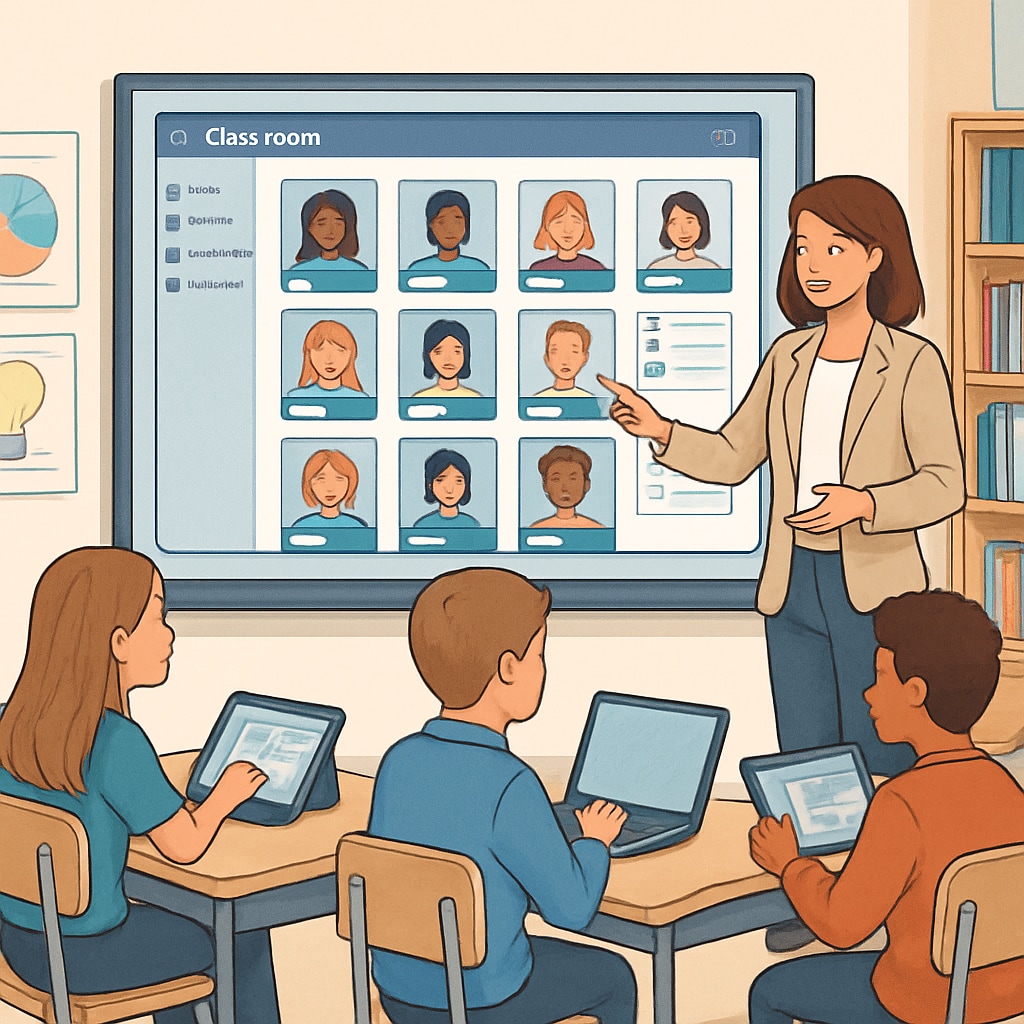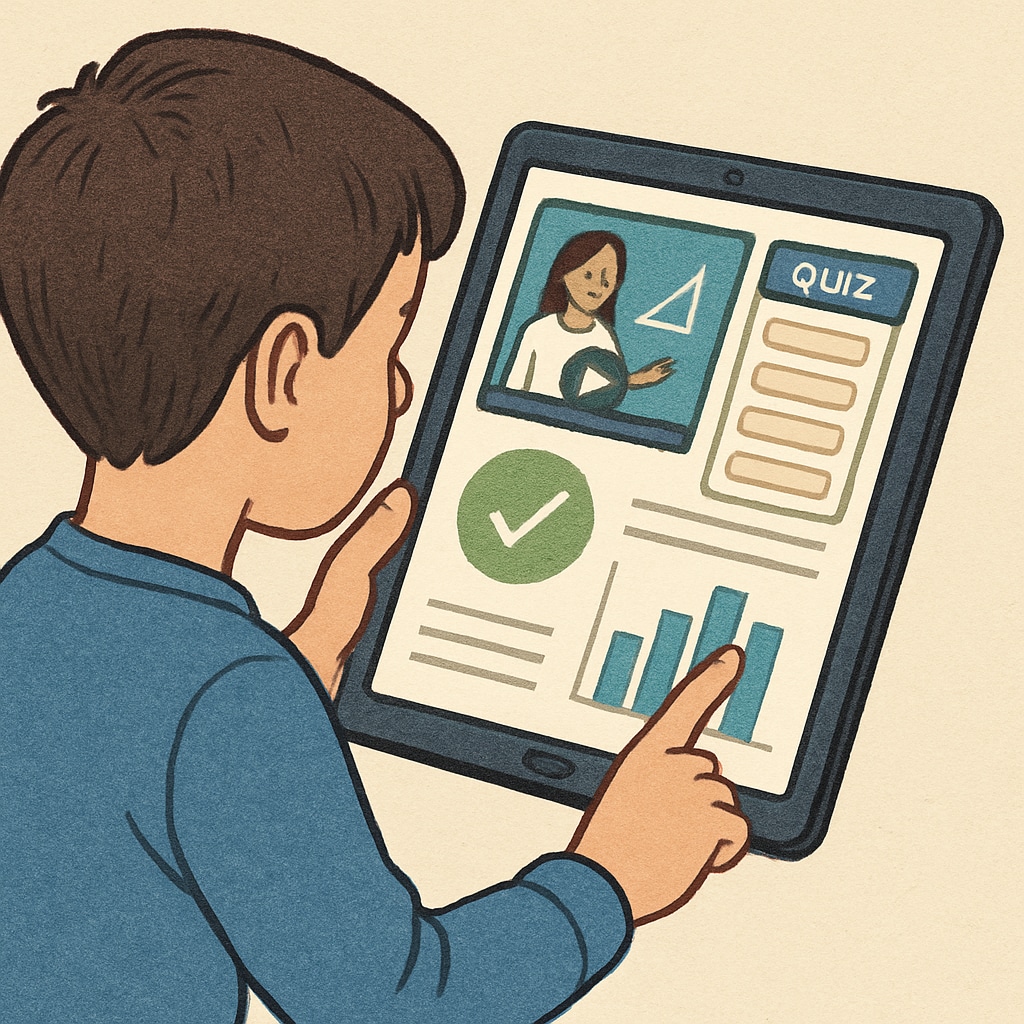The K12 education sector is increasingly confronted with complex daily challenges that demand effective solutions. From curriculum delivery to classroom management, educators and students alike share urgent needs for tools that simplify processes, enhance learning, and address specific pain points. By listening to student-teacher feedback, analyzing education pain points, and identifying tool requirements, we can pave the way for innovative solutions that truly transform the learning experience.

Understanding the Key Education Pain Points
Education pain points stem from various factors, including outdated teaching methods, lack of resources, and inconsistent access to technology. Teachers often struggle with balancing administrative tasks, personalized instruction, and engaging students in a meaningful way. Meanwhile, students face issues such as differing learning styles, limited access to quality materials, and the pressure to achieve standardized goals.
Some common pain points include:
- Time-consuming administrative tasks that reduce teaching focus.
- Difficulty in managing diverse learning needs within one classroom.
- Limited collaboration opportunities between students and teachers.
- Inadequate tools for assessing student progress accurately.
Identifying these challenges provides a foundation for designing effective solutions tailored to the specific needs of educators and learners.
The Current Limitations of Education Tools
Education tools are not one-size-fits-all. While many tools aim to address key challenges, they often fall short in usability, scalability, or adaptability. For example, some tools offer robust features but require extensive training, making them impractical for everyday use. Others lack integration capabilities, isolating them from broader educational ecosystems. As a result, teachers and students may feel underserved by the available options.
Key limitations include:
- Complex interfaces that hinder adoption.
- Limited customization for unique classroom settings.
- Inadequate support for collaboration and communication.
- Restricted access due to high costs or licensing barriers.
To overcome these issues, education tools must prioritize simplicity, accessibility, and alignment with real-world classroom dynamics.

Shaping the Future: Collaborative Innovation
Effective solutions require collaboration among educators, students, developers, and policymakers. Conducting wide-ranging surveys and focus groups can reveal nuanced insights into daily classroom operations and tool needs. Furthermore, partnerships between schools and tech companies can drive innovation, ensuring tools are designed with a user-centric approach.
Steps to foster collaboration include:
- Gathering feedback from teachers and students through structured surveys.
- Testing prototypes in real classroom environments.
- Integrating flexibility for diverse learning contexts.
- Ensuring affordability and scalability for schools of all sizes.
As a result, we can create tools that not only solve existing challenges but also enhance the overall education experience, empowering teachers and students alike.
Conclusion: Listening to Feedback to Innovate Education
Education pain points, tool needs, and student-teacher feedback are essential to shaping the next generation of learning tools. By addressing these challenges head-on and fostering collaboration, we can unlock the full potential of educators and learners. The future of education lies in solutions that are practical, accessible, and impactful, ensuring every classroom becomes a hub for innovation and growth.
Readability guidance: Short paragraphs, clear transitions, and actionable lists ensure the text remains engaging and accessible. Collaboration and real-world applicability are emphasized for practical takeaways.


